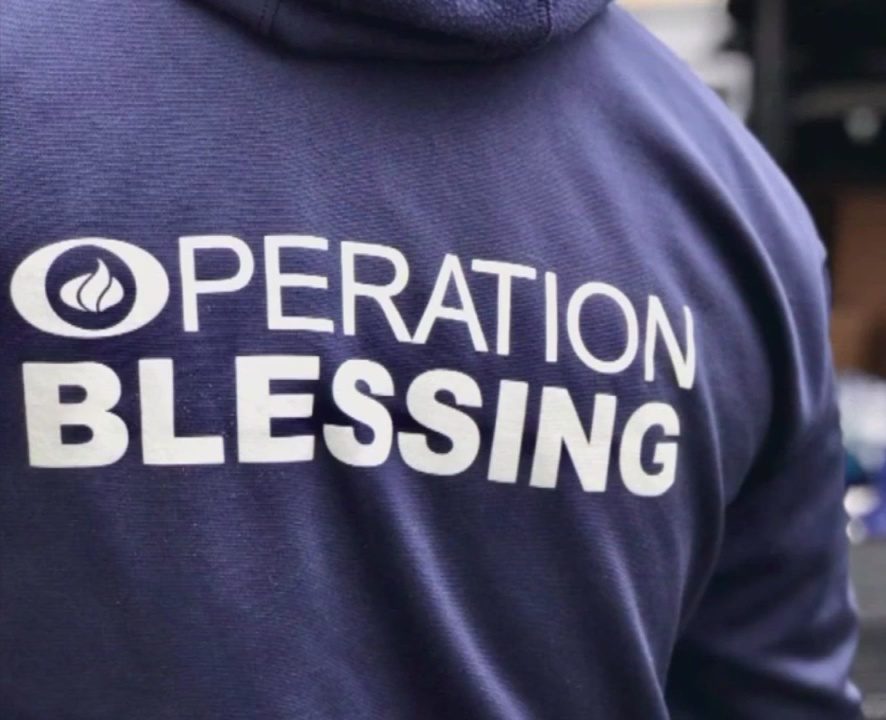(WCMH) — The Jewish holiday of Purim begins at sundown on Wednesday and will conclude at sundown on Thursday. Not sure what the holiday is about? Here is an explanation.
Purim commemorates the saving of the Jewish people by Queen Esther and her cousin and adoptive father, Mordecai, in Persia from Haman, an official of the Persian Empire in what is estimated to be around the fifth century B.C., who plotted to kill all the Jews in the empire.
The name Purim has Persian origins and means “lots.” The naming of the holiday comes from a section of the Book of Esther in which Haman drew lots to determine what date all the Jews in Persia would be killed.
The biblical story for the holiday of Purim is in the Book of Esther, known as the Scroll of Esther, which recounts the events in Persia that led to the saving of the Jewish people, with Queen Esther convincing Persia’s King Ahasuerus to stop Haman’s plot.
The observance of the holiday is preceded by the Fast of Esther. Traditionally, Jews aged 13 and over fast from dusk until dawn before the beginning of Purim.
The fast is said to be observed in recognition of an event in the Book of Esther in which Queen Esther and the Jewish community fasted for three days before she approached King Ahasuerus to reveal her Jewish identity to him and save them from Haman’s decree.
The Scroll of Esther is read twice on Purim — the evening the holiday begins and the following morning. During the chanting of the story in synagogue, congregants in costumes shake noisemakers while jeering every time Haman’s name is mentioned.
Speaking of costumes, a common Purim tradition is to dress up in a costume during the whole day. While there is no single explanation of why people dress up for the holiday, multiple explanations for the custom are discussed, including the miracle of Purim being disguised in regular events rather than overt miracles from God.
Other observances for the holiday include giving gift baskets of food to friends, donating to the poor, and having a festive meal.
The most common food made and eaten for Purim is a cookie called a Hamantaschen. The cookie is shaped like a triangle and has a middle filling. The most common fillings are fruit jelly, poppy seeds, or chocolate.
The reason for the triangle shape is uncertain, but multiple explanations point to a legend that Haman wore a hat with three corners, and biting into the cookie signifies the defiance of his decree.
Purim is a unique holiday in the Jewish calendar not only for its fun and festive traditions; it is also one of the few holidays in the Jewish calendar that has no mention in the five books of the Torah and the Book of Esther is among two books in the entire Jewish Bible where God’s name is never mentioned.

























